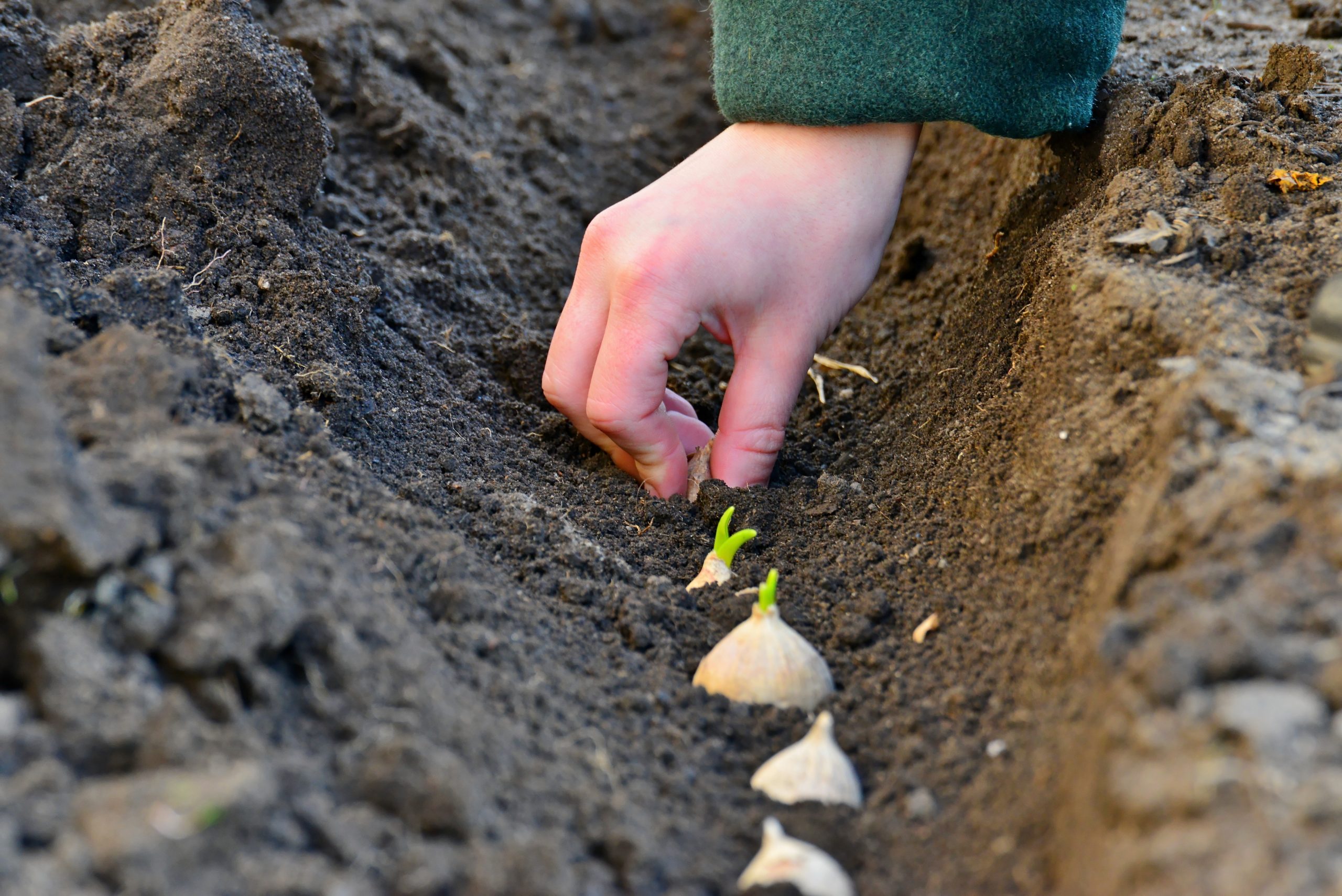
Planting Garlic Bulbs
6 October 2025 +Garlic is one of the easiest and most rewarding crops to grow in your garden. Whether you’re a seasoned gardener or just starting out, planting ...

If you spend enough time feeding backyard birds, chances are you’ll have close encounters with your backyard feathered friends. Maybe a hummingbird buzzes by as you hang up the feeder, or a curious chickadee flutters nearby while you fill the seed tray. With the right approach, it’s possible to hand feed birds. Before you try, it’s important to think about safety—for both you and the birds.
Safety First: When Hand Feeding Is (and Isn’t) a Good Idea
Before offering a snack from your palm, consider whether encouraging birds to get that close to people is truly safe in your environment. On private property with little foot traffic, building trust with wild birds may not pose much risk. But in busier areas, teaching birds to approach humans could put them in danger.
Some people are afraid of birds, and an unexpected visit from a feathered friend might lead to panic—potentially harming the bird. In public spaces like parks and beaches, feeding birds is often discouraged or even prohibited. Not only can larger birds like geese become overly aggressive once they lose their fear of people, but close encounters can sometimes result in injuries.
Before trying to feed birds by hand, check local regulations and think through the possible outcomes. ALWAYS wash your hands before and after contact with birds, feeders, or nests. Even trace amounts of sunscreen, lotion, or bug spray can harm their delicate feathers, and while rare, diseases can be passed between birds and humans.
Earning the Trust of Seed-Eating Birds
In areas where hand feeding is safe and allowed, it can be a truly rewarding experience. Songbirds like chickadees and nuthatches are often the most willing to approach humans.
Start by sitting quietly near a feeder while holding a small tray of seeds. Patience is key—spend several sessions just being a calm, non-threatening presence. As the birds grow more comfortable, you can gradually move closer to the feeder. Eventually, try standing with seeds in your open hand. If you’ve built enough trust, a brave little bird may land for a snack.
Feeding Hummingbirds from the Hand
Hummingbirds, with their lightning-fast movements and fearless curiosity, are often comfortable coming close. You can hold a small, handheld nectar feeder available at your local Feeds’n Needs and simply wait—many hummingbirds will zip over once they realize it’s safe. Don’t force interaction. These tiny birds are fragile, and even a gentle mistake could cause harm.
The experience of having a wild bird take food from your hand is both humbling and unforgettable. But it should always be approached with care. If there’s any doubt about the safety of hand feeding—for either the birds or the people around you—it’s best to enjoy their beauty from a respectful distance. A well-placed feeder and a quiet window view can offer just as much joy.